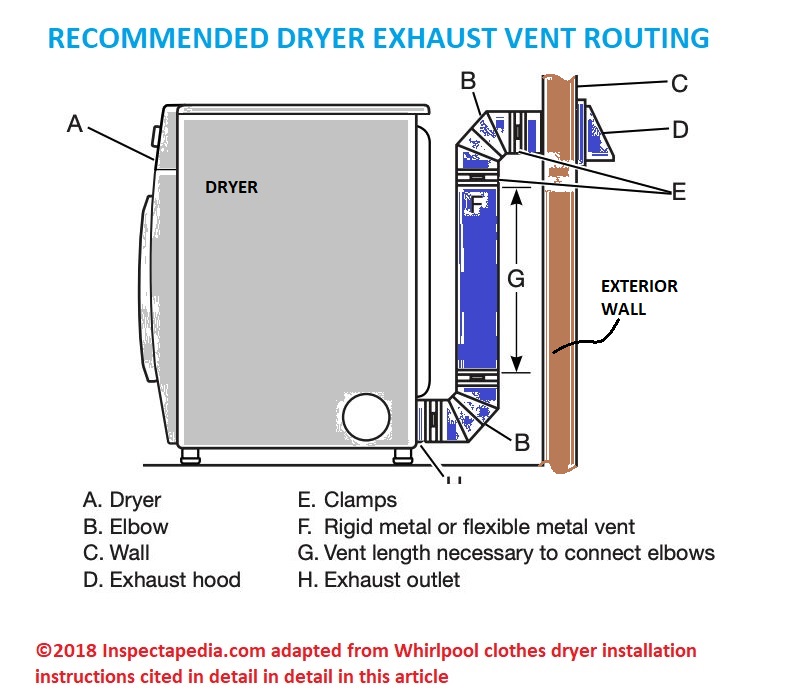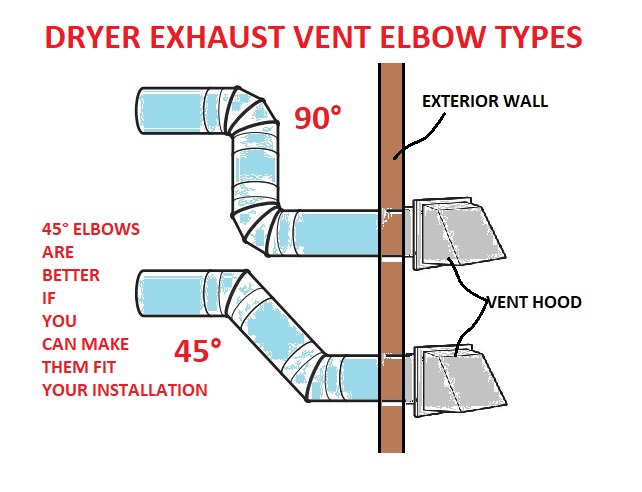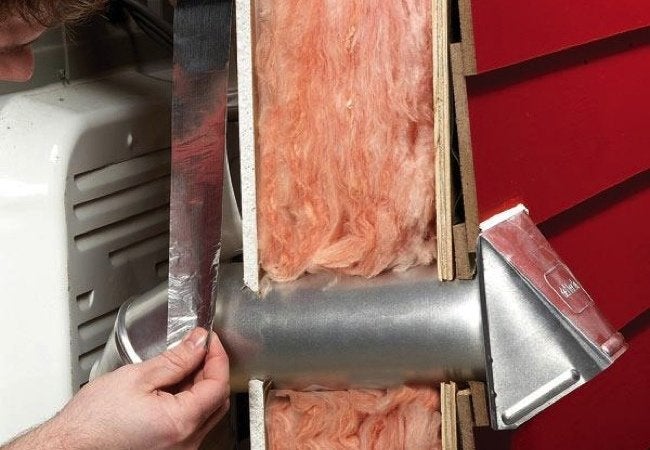Whether you re installing a new vent or upgrading an existing one the first step in installing dryer vents is to determine where the dryer duct will run.
Route dryer vent through attic.
Difficulty cleaning dryer vent.
Brush it down using this dryer vent cleaning kit.
Metal duct going vertically from the dryer through the second floor ceiling.
Connect back and perform the same procedure at the third turn.
A dryer vent should be vented outside.
Dryer roof venting systems.
Dryer in an interior room with duct angling up through attic to roof.
You now have a clean dryer vent.
To work safely and efficiently dryer vent systems should be as short and straight as possible.
Do the same thing brushing towards the first turn.
Continue the ductwork horizontally through the attic to the.
The international residential code allows you to run a dryer vent through the attic but you can t terminate it there.
A vertical dryer vent is typically a problem because it acts as a moisture condenser.
Vent the dryer with 4 in.
Not all dryers will allow for this so be sure to check the owners manual to ensure it can be vented in this manner.
If your laundry room has access to an outside wall cut a hole and install a standard dryer vent.
Sometimes such as in town homes or condos it s not possible to vent a dryer through a wall outside.
Can a dryer vent go up through an attic.
For medium snowfall zones and or higher profile roof tiles select the larger model 486 which is as efficient but taller.
Be careful you don t cut through any studs electrical wires or pipes in the process.
In most installations that means venting the dryer through a wall at or.
Go up to the attic and disconnect where it s making the first turn.
Seal the ceiling penetration so that the duct can expand in length as it heats up during use a standard roof boot such as you d use to flash a vent pipe would work.
The sheet metal duct is cooled by the outside air in the attic.
If venting outside isn t an option you can vent the dryer out of the attic through the roof using a special roof vent to keep rain out.
This may lead to leaks and other costly damage.
Dryer vents should always be vented through the side of the house and not vented through the roof and ideally the exit should be fairly close to the ground.
When it does a roof based dryer vent can contribute to damaging the roof.
Turn your dryer on.
At less than 5 1 2 above the roof plane it is also low profile for minimal visibility.
Connect it back and go to the second turn.




























